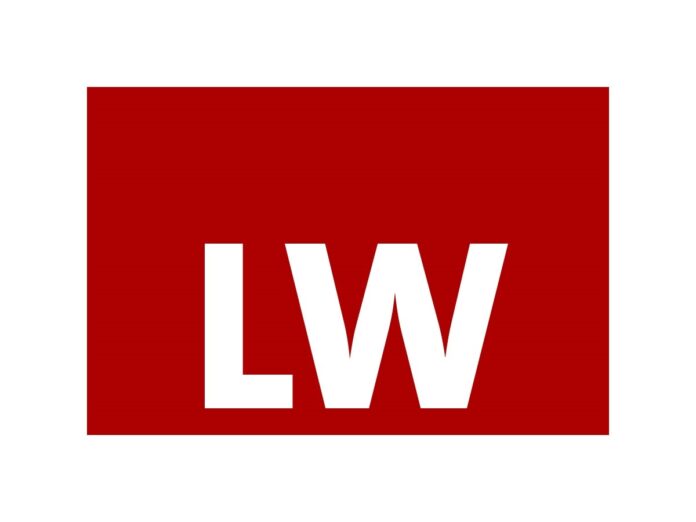Successfully executing an acquisition from stress, distress, or insolvency requires a creative approach to reconcile competing interests.
The COVID-19 pandemic has brought a heightened risk of financial difficulty and insolvency for companies. Whilst there have been relatively few formal insolvencies so far, in our view troubled businesses may be forced to pursue accelerated asset disposals, creating opportunities for PE firms. However, successfully executing an acquisition from stress, distress, or insolvency requires skillful navigation of competing interests in a complex legal landscape.
Who Is Calling the Shots?
Often the M&A opportunity is unclear, or evolving, as the sell-side seeks to minimise the detrimental value impact of a forced sale. Assessing parties’ negotiating positions, and responding to change, is critical to tailoring a successful bid.
If the sale is part of a formal insolvency process, negotiation dynamics are likely to be simpler as officeholders will deliver the deal, typically focused on execution speed and maximising immediate value. Senior secured creditors sitting behind the officeholders may also exert influence through security rights.
The situation is less clear if the sale is outside a formal insolvency process. There is a strategic imperative to understand where the “value breaks”, and which stakeholders are “in-the-money”, “out-of-the-money”, or at the “fulcrum”. An out-of-the-money shareholder may have less influence, whereas senior secured creditors will hold sway if they are the fulcrum creditors.
The target’s directors sit in the middle: they face the pressures of saving the business; the need to maximise value whilst trading in the “zone of insolvency”; the risk of personal liability owing to directors’ duties and regulators; and their own uncertain future employment — but their expertise and that of other senior managers may be essential to the business’s success post-acquisition.
No Second Chances
Depending upon the degree of distress, diligence timetables can be accelerated and deal teams must prioritise high-risk matters that could expose the target or PE firm to significant or unexpected liabilities. Areas that required close attention on recent deals include regulatory and governmental controls and consents — including foreign investment controls, pensions and financial regulations (where there is often little leniency, even if financial difficulties mean there is a need for an expedited process) — and tax (as the transaction will usually involve steps, including debt releases, contrary to the target’s historic tax planning, which can have unexpected consequences).
Buyout firms can place little reliance on contractual protections, but alternative solutions exist. In an insolvency, officeholders will be unlikely to offer warranties, indemnities, or post-closing price adjustments and, in fact, will seek hold-harmless protections from the buyer. If the sale is outside of insolvency but from a situation of stress or distress, the seller is unlikely to be receiving much value, and will have little incentive to provide any contractual protection that risks residual liability.
Once a potential liability is identified, a buyer can consider options such as consideration hold-backs and deferred payments.
However, these can render the bid less competitive, so every effort should be made to mitigate the risk and price it appropriately. While W&I is increasingly being used, it may not be feasible if time is of the essence, it can be costly, and it may exclude key risks.
Be Agile
A successful buyer needs to be creative in its deal structuring (including equity and hybrid structures) and, potentially, needs to be ready to acquire debt instruments to unlock a deal and execute quickly.
In an increasingly regulated world, we are seeing buyers having to employ novel holding structures to deal with an unavoidable gap between signing and closing to obtain consents and clearances, including foreign investment, regulatory, and competition approvals. During this period, the buyer needs sufficient control and confidence (without having full control through equity ownership) to finance the business whilst the requisite consents are obtained.









